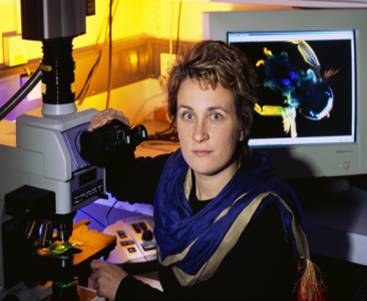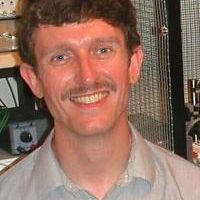High Performance Mechanisms for Low Cost Science
Developing fluorescence and phase contrast functions in a low-cost, 3D-printed microscope and demonstrating its use in an incubator.
The idea
Optical microscopy is fundamental to biology, and relatively high performance microscopes can now be made very cheaply. Positioning the sample and focussing the objective, however, is difficult without expensive translation stages: a microscope is mostly mechanics. Many other tasks in biology require tiny, accurate motion ? achieved with expensive hardware such as mechanical micromanipulators and piezoelectric actuators. We have used inexpensive, 3D printed parts to make high performance mechanisms for low cost science, and we propose to apply this technology to problems in synthetic biology.
Our best example is a microscope small and cheap enough to be left in an incubator or fume hood for days or weeks. This will enable new science, for example by observing cells as they grow in an incubator ? experiments which are currently impossible to do on a large scale due to the time and resources required. We will improve this microscope?s biological imaging capabilities (adding fluorescence and phase contrast) and demonstrate its use in an incubator at the Light Microscopy Facility in the Cancer Research Institute. This will then allow us to study phototoxicity by monitoring cultures of cells over several days.
Plastic flexure technology could also reduce the cost of mechanical micromanipulators by three orders of magnitude, opening up a range of possibilities. When combined with open-source Arduino microcontrollers, it is even possible to automate these devices for around ?100. We will develop and test plastic micromanipulators for microinjection or electrophysiology, and assess their precision and stability. We will also investigate the use of ABS plastic as a potential replacement for PLA, as it has the potential to further improve the performance of printed mechanisms.
Finally, these low cost devices present obvious opportunities for science outreach, and this funding would enable us to create a class set of microscopes that can be taken (or lent) to schools as part of outreach activities, along with some fixed samples and lesson plans for easily-prepared specimens.
The Team
Applicants: Richard Bowman, Stefanie Reichelt, Hugh Matthews






